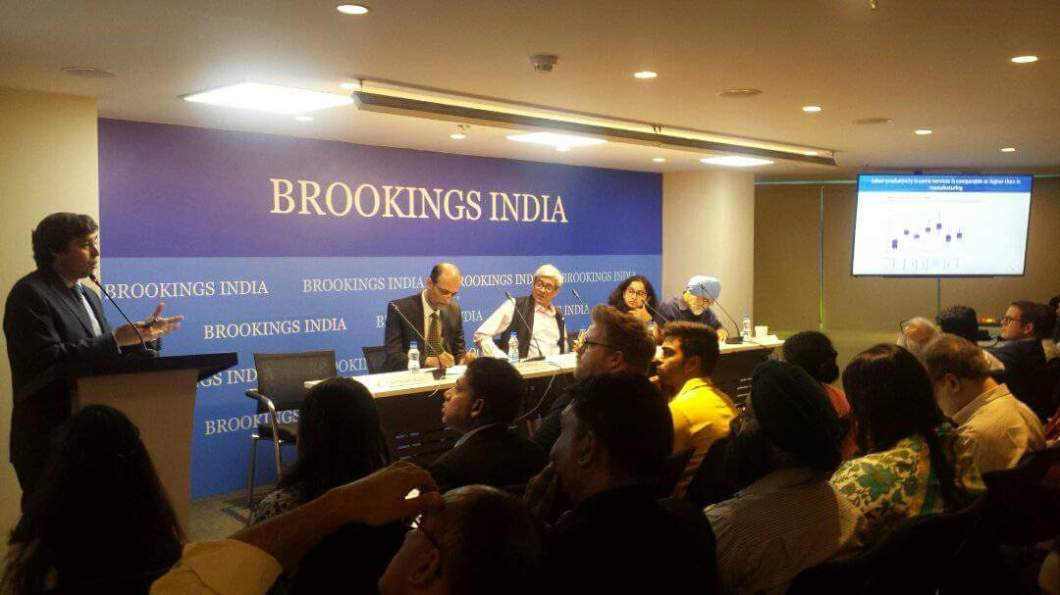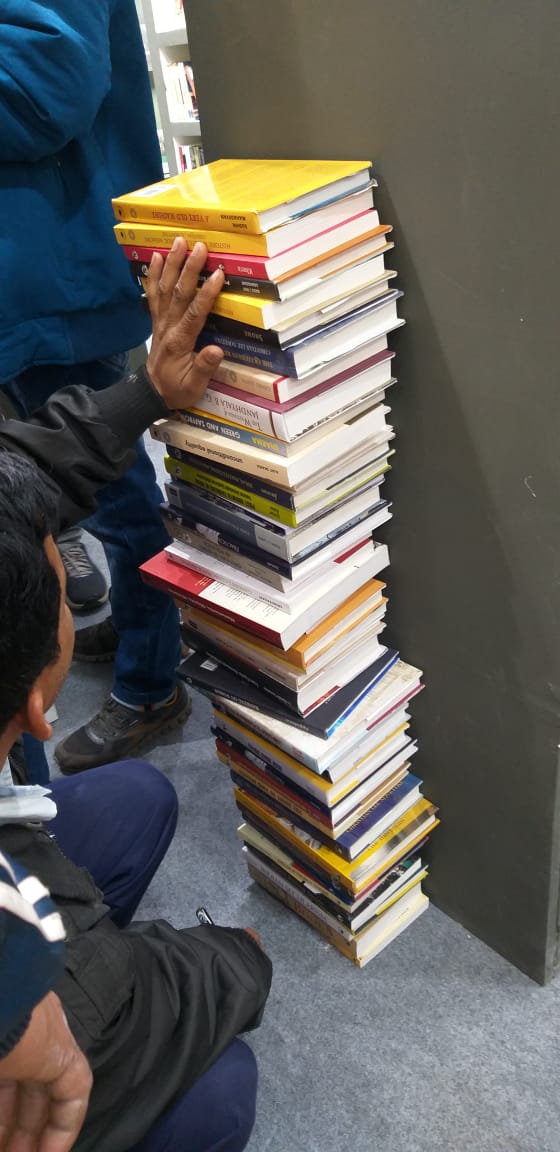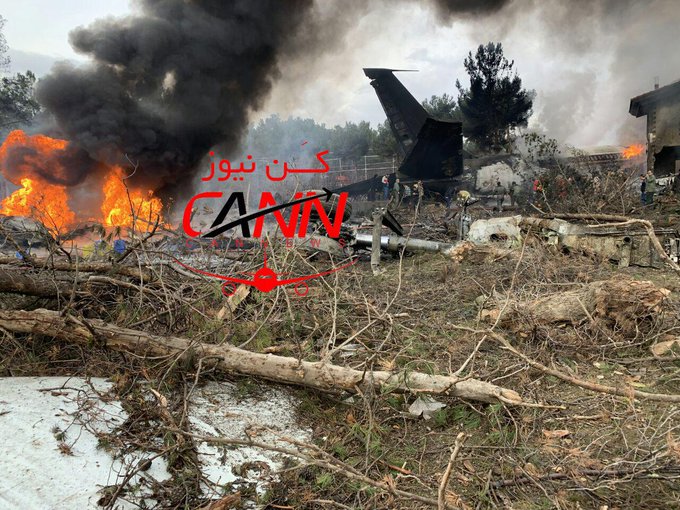Sagar Media Inc
Donation-At: HDFC A/c no.15581000026895:
Monday, January 14, 2019
Subsidies and Agricultural Policy

BROOKINGS INDIA
Development Seminar: Subsidies and Agricultural Policy
Thursday, January 24, 4:00 pm – 5:30 pm
Brookings India, No. 6, Second Floor, Dr. Jose P. Rizal Marg, Chanakyapuri, New Delhi
Dear Mr. Sagar,
I am delighted to invite you to our next Development Seminar on “Subsidies and Agricultural Policy” with Prof. Bharat Ramaswami, Professor, Economics, Ashoka University.
Abstract: Agrarian distress returns to the policy radar every now and then. This is one of those times. This paper looks at agricultural subsidies in the context of the development process. Sectoral disparities are substantial. While this may seem to constitute a case for subsidies or income support, this paper looks at how subsidies have filled this role. The paper finds that subsidies constitute a sizeable chunk of farm income and cannot be reduced without causing substantial hardship. However, the scope of subsidies to bridge the sectoral gaps in output per worker is limited because the primary cause is not low profitability but low asset base. The policy agenda is then twofold: first to make sure of policies that ensure sustainable income growth and second, to reform subsidies to minimise adverse externalities. Direct income supports are ideal but face several difficulties: of coordination between centre and states, of the lack of appropriate database of land records and the fact that it will be more expensive than subsidies offered through the price system.
Bio: Prof. Bharat Ramaswami is a Professor of Economics at Ashoka University and prior to that he was at the Indian Statistical Institute, Delhi. He has held visiting appointments at universities in Canada, Japan, Sweden and the United States. Before earning a PhD from the University of Minnesota, Professor Ramaswami obtained a Bachelor’s and Master’s degrees in Economics from the University of Delhi. His research interests lie in Agricultural Economics and Development Economics. He was awarded the Mahalanobis Memorial Medal by the Indian Econometric Society in 2004 for his contributions to quantitative economics.
Discussant: Dr. P.S. Birthal, Principal Scientist at the National Institute of Agricultural Economics and Policy Research, New Delhi
Please RSVP psharma@brookingsindia.org and contact and zkazmi@brookingsindia.org for media inquiries.
My Best,
Shamika Ravi
Dr. Shamika Ravi
Research Director, Brookings India
Senior Fellow, Brookings Institution
Member, Economic Advisory Council to the Prime Minister
Government of India
New Delhi World Book Fair Concludes

New Delhi World Book Fair Concludes with a Message that Books are Alive & Kicking
The nine-day long New Delhi World Book Fair 2019, organised by National Book Trust, India came to a close on Sunday. The last day of the Fair saw a huge rush of young and old alike. The visitors bought books enthusiastically as the festival of books was coming to an end. The booklovers were happy to carry huge bags of books and the parents were pleased to see their children showing keen interest in books. Over the past few years, the number of booklovers visiting the Fair has grown substantially, which reflects the fact that the habit of reading has not diminished. The book fair this year was a huge success with over nine lakh book lovers having visited the fair.
Theme Pavilion
The theme pavilion ‘Books for Readers with Special Needs’ attracted the attention of booklovers, especially persons with special needs. The theme pavilion exhibited panels, posters, useful materials and over 500 books for persons with special needs. During the Fair, several programmes including discussions, interactions with differently-abled celebrities were organised. Many visitors appreciated this year’s theme and observed that the theme sensitized people about the various issues related to the persons with special needs.
A discussion on ‘Dhyey Ko Kaise Sadhe’ (how to achieve goal) was organised at the Theme Pavilion on Sunday. The speakers observed that we all make an objective in life and to achieve it we need to have patience and need to work really hard. The speakers on the occasion were: Shri Bhushan Toshniwal, youth icon from Pune; Ms Suvarna Raj,para-athlete; Shri T.D. Dhariyal, Commissioner for Persons with Disabilities, among others.
A stall by TouchVision was also put up at the Pavilion, which works for the persons with visual-impairment. It is a multisensory inclusive education platform comprising of tactile diagrams, books, recreational material, storybooks, games, assisted by simultaneous audios powered by the mobile app.
Author’s Corner
A discussion on the book, Hunger’s Daughters,’ was organised at the Author’s Corner, Hall No. 8. Ms Bhumika Popli, Delhi-based journalist had a discussion with the author of the book, Nirmala Govindarajan. The book talks about the lives of tribal people living in Odisha and Chhattisgarh. The author remarked that a change is definitely needed to make lives of tribes better.
A discussion on different aspects of literature and culture of Himachal Pradesh was organised at Lekhak Manch. The speakers on the occasion were Dr Kuldip Chand Agnihotri, Vice-Chancellor, Central University of Himachal Pradesh; Prof. Puranchand Tondon, University of Delhi; Dr Indra Singh, Dr Karma Singh, Ms Rupeshwari Sharma, Shri Virendra Sharma among others. The session was coordinated by Dr Om Prakash Sharma.
A book release function was organised by Bhartiya Jnanpith at Lekhak Manch. The special guests on the occasion were: Prof. Madanmohan Agrawal, Prof. Jai Kumar Upadhayay, Dr Krishanan among others. During the session, books published by Bhartiya Jnanpith like Jain Dharma Parichay and Sanskrit Kavya Ke Vikas Mein Jain Kaviyon Ka Yogdaan were released.
Children’s Pavilion
At Children’s Pavilion, Hall no. 7E, a bustling crowd of children participated and enacted various enthusiastic performances. The event started off by a play performed by the students of Punjabi Islamia School, on the importance of Girl Child Education. The children brilliantly portrayed the current situation of our society towards girl child and how it is a grave matter of concern.
A Nukkad Natak was organised by the children of Chetna India on Pollution. In their play, the children enacted as different forms of pollution that harm the environment such a radiation, air pollution, etc. The play was written by the members of Chetna India, Shri Ashok Agrohi and Anita Gupta. Mr. Sunil Jain Rahi anchored the play.
The Jammu and Kashmir Academy of Art and Literature organised a story telling session for the children. Dr. Gauri Shankar Raina and Dr. Usha Kher talked about the beauty of Kashmir and about the most revered poetess of Kashmir ‘Lal Ded’. The speakers read some of her poems in Kashmiri language, and explained each verse in English to children. Dr. Aziz Hajini, Secretary, Jammu & Kashmir Academy of Art and Literature, also interacted with the children, telling them about the most beautiful and popular places in Kashmir, their characteristics and history.
The event concluded with an amazing Kathak dance by children of Navratan Foundation.
Boeing 707 plane crashes in Iran
Boeing707 cargo aircraft from Bishkek, Kyrgyzstan, with 10 people on board crashes in Iran amid harsh weather conditions reports from Media on twitters. Most of aviation experts said 707 is no longer flown by major airlines though some of the jets are still used as civilian or military cargo aircraft.

Local authorities immediately sent a medevac helicopter and ambulances to the crash site. There are no immediate reports on casualties.
The Boeing 707, a four-engine, narrow-body jet, entered service back in 1957. Due to its range of 4,630 to 10,650km (2,880 to 6,620 miles) it became a game changer in Western civil aviation.
Boeing 707 cargo plane with ten people on board crashes at Iran’s Karaj airport.
It is estimated there were eight people on board when the Boeing 707 got in trouble while landing.
The airplane departed from Bishkek, Kyrgyzstan, carrying cargo and 10 people, according to the semi-official Fars News Agency. The Boeing 707 reportedly failed to reach the runway and hit the airport fencing.
Iran’s emergency authority has said the jet hit residential areas near Safadasht, a small city in Tehran province.
Fars News has uploaded photos and videos purportedly showing the aftermath of the crash.
The 707, which belonged to a Kyrgyz airline, apparently broke apart and caught fire on impact.


No comments:
Post a Comment